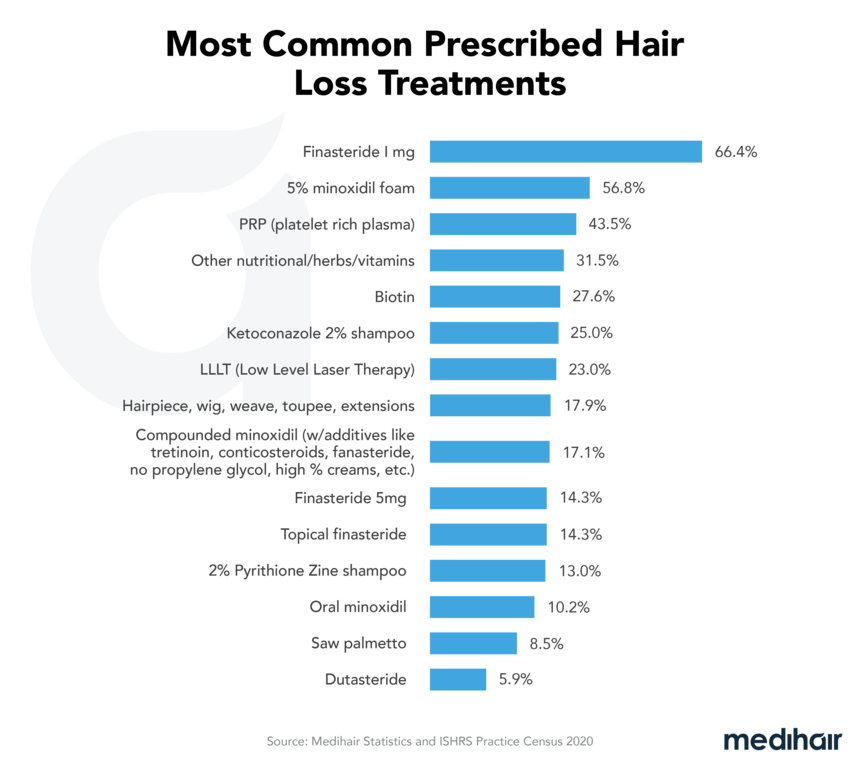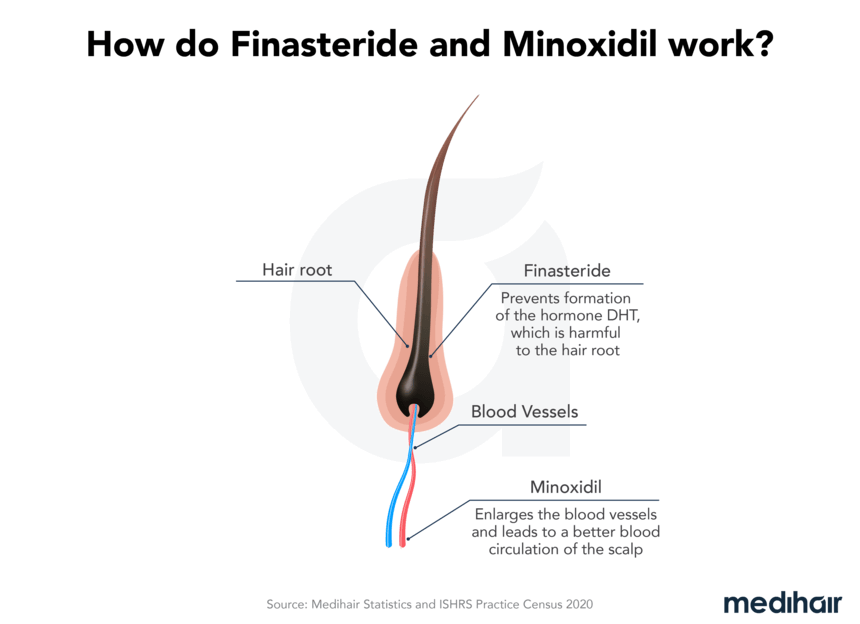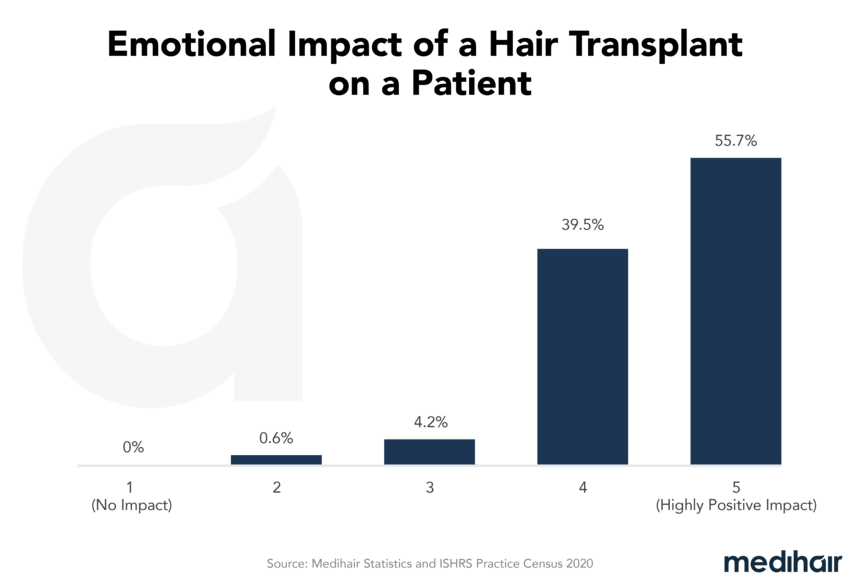Dermaroller for Hair Loss

Androgenic alopecia or male pattern baldness is a hot topic of research and discussion in the field of aesthetic medicine. Today, there are several effective treatments and methods for reversing hair loss in both men and women. One of the most promising treatments backed by scientific research is microneedling. Let us take a look at the procedure of microneedling and dermarolling, its benefits, long-term results, and how it can help with hair loss.
Facts
| Types | Dermaroller, Dermastamp etc. |
| Alternatives | Minoxidil, Finasteride etc. |
| Needle size | 0.2 mm to 1.5 mm |
- Free
- Fast
- Non-binding
| Pro | Cons |
|---|---|
| Studies suggest that microneedling makes minoxidil treatment several times more effective. In one study, the results showed that a combination of minoxidil and microneedling was 6 times more effective | Since the procedure involves trauma to the skin, its side effects include irritation, redness, and bruising. However, the American Academy of Dermatology instructs that the inflammation subsides after 5-10 days. |
| Recent research indicates that microneedling outperforms standard minoxidil monotherapy. According to a 2020 clinical study, one microneedling session every week resulted in more hair growth than daily minoxidil. | Microneedling is often not safe without supervision from a medical professional, especially for: Pregnant women, Hemophilia patients or people with inhibited healing Patients taking blood thinners , People with eczema, acne, and other skin conditions |
| As compared to other hair restoration options such as hair transplant, microneedling is minimally invasive and cost-effective. It is also proven to have more efficacy than standalone minoxidil and finasteride treatments. Devices such as Dermaroller are also easily available for at-home procedures. | Microneedling at home can have serious implications if strict hygiene standards are not maintained. The most severe consequence can be an infection. Hence, it is recommended to use Dermaroller under your doctor’s supervision. |
| Study | Process | Findings |
A randomized evaluator blinded study of the effect of microneedling in androgenetic alopecia: a pilot study. | The 2013 pilot study recruited 100 patients suffering from mild to moderate AGA. The candidates were split into two groups: Group 1: Weekly microneedling treatment with twice daily application of 5% minoxidil Group2: 5% minoxidil Pictures were taken at the baseline and end of treatment and three parameters were chosen to determine efficacy. These included: The change, patient assessment, and investigator assessment from baseline hair count at 12 weeks. | The average hair count of patients in both Group 1 and Group 2 increased. However, the hair count of the combination group was four times that of the minoxidil-only group. The results show that men who used dermarolling combined with minoxidil displayed varying degrees of improvement. 20% of the men had mild, 44% had moderate and 36% had marked improvement. |
A Randomized Controlled, Single-Observer Blinded Study to Determine the Efficacy of Topical Minoxidil plus Microneedling versus Topical Minoxidil Alone in the Treatment of Androgenetic Alopecia. | The 2018 study was conducted on a sample size of 34 men with AGA. This study also created two groups, some men were given minoxidil monotherapy while others were allocated microneedling plus minoxidil. The treatment duration was 12 weeks. | 24% of men in the minoxidil-only group failed to show an increase in hair growth. The average increase in hair count was 1.9 hairs. Meanwhile, all men in the minoxidil-microneedling group displayed an average increased hair count of 12.8 hairs. |
FAQs
What dermaroller is the best against hair loss?
Is derma rolling safe for your hair?
How much does a dermaroller cost?
Sources



